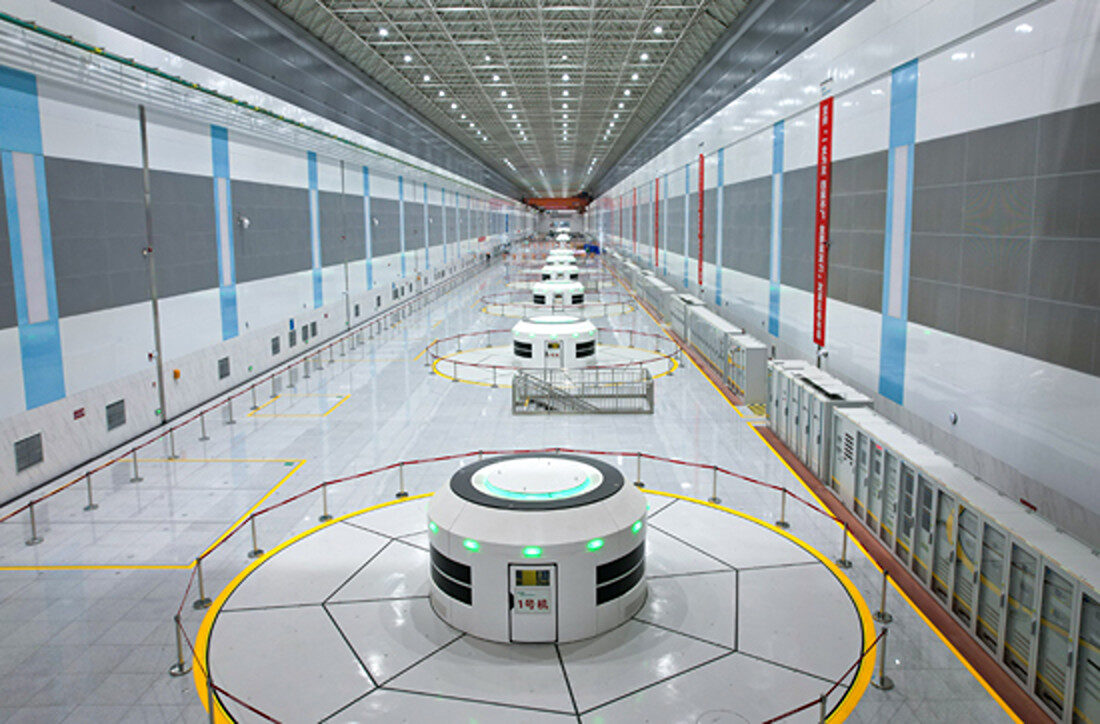From pv magazine USA
Researchers from the University of California, Los Angeles, have developed a model that shows how much more the world would pay for solar modules if countries were to implement trade-limiting policies.
The group estimates that from 2008 to 2020, the United States saved between $19 billion to $30 billion on solar module pricing due to the free flow of capital, talent and innovation. Germany saved $5 billion to $9 billion, and China saved $26 billion to $46 billion. The groups suggest that if the three nations had “adopted strong nationalistic trade policies,” then module pricing in 2020 would have been 107% higher in the United States, 83% higher in Germany, and 54% higher in China.
The “Quantifying the cost savings of global solar photovoltaic supply chains” report suggests that if the world were to localize its supply chains, we could expect the price of solar to increase by 20% to 25% by 2030. Credit Suisse estimates that structural conditions in the United States resulted in a 33% higher price for solar panels through the end of the decade, when compared to China.
The researchers arrived at these numbers by estimating what they believe would be the costs of legislative actions taken in favor of “localizing benefits such as economic growth, employment, and trade surpluses.” The variance – $50 billion to $85 billion in savings from 2008 to 2020 – is based on varying levels of isolation from the global market’s learning curves. Nearly 800 GW of solar capacity was deployed during this period. Going forward, an additional 1.3 TW to 2.3 TW of capacity deployments are projected in the next decade, depending on how various policies facilitate that deployment.
The logic behind this study is as follows: If the production of a product is heavily localized within a country, then the global learning curves associated with that product will only be affected by solar modules deployed in that country. As each country is a part of the whole volume deployed, limiting trade lowers learning curves and raises prices.
The researchers have created an online tool that visualizes these equations. On the Projections tab, it is possible to adjust the percent of a benefit a country gains from global innovation versus being more nationally focused.
This content is protected by copyright and may not be reused. If you want to cooperate with us and would like to reuse some of our content, please contact: editors@pv-magazine.com.



By submitting this form you agree to pv magazine using your data for the purposes of publishing your comment.
Your personal data will only be disclosed or otherwise transmitted to third parties for the purposes of spam filtering or if this is necessary for technical maintenance of the website. Any other transfer to third parties will not take place unless this is justified on the basis of applicable data protection regulations or if pv magazine is legally obliged to do so.
You may revoke this consent at any time with effect for the future, in which case your personal data will be deleted immediately. Otherwise, your data will be deleted if pv magazine has processed your request or the purpose of data storage is fulfilled.
Further information on data privacy can be found in our Data Protection Policy.